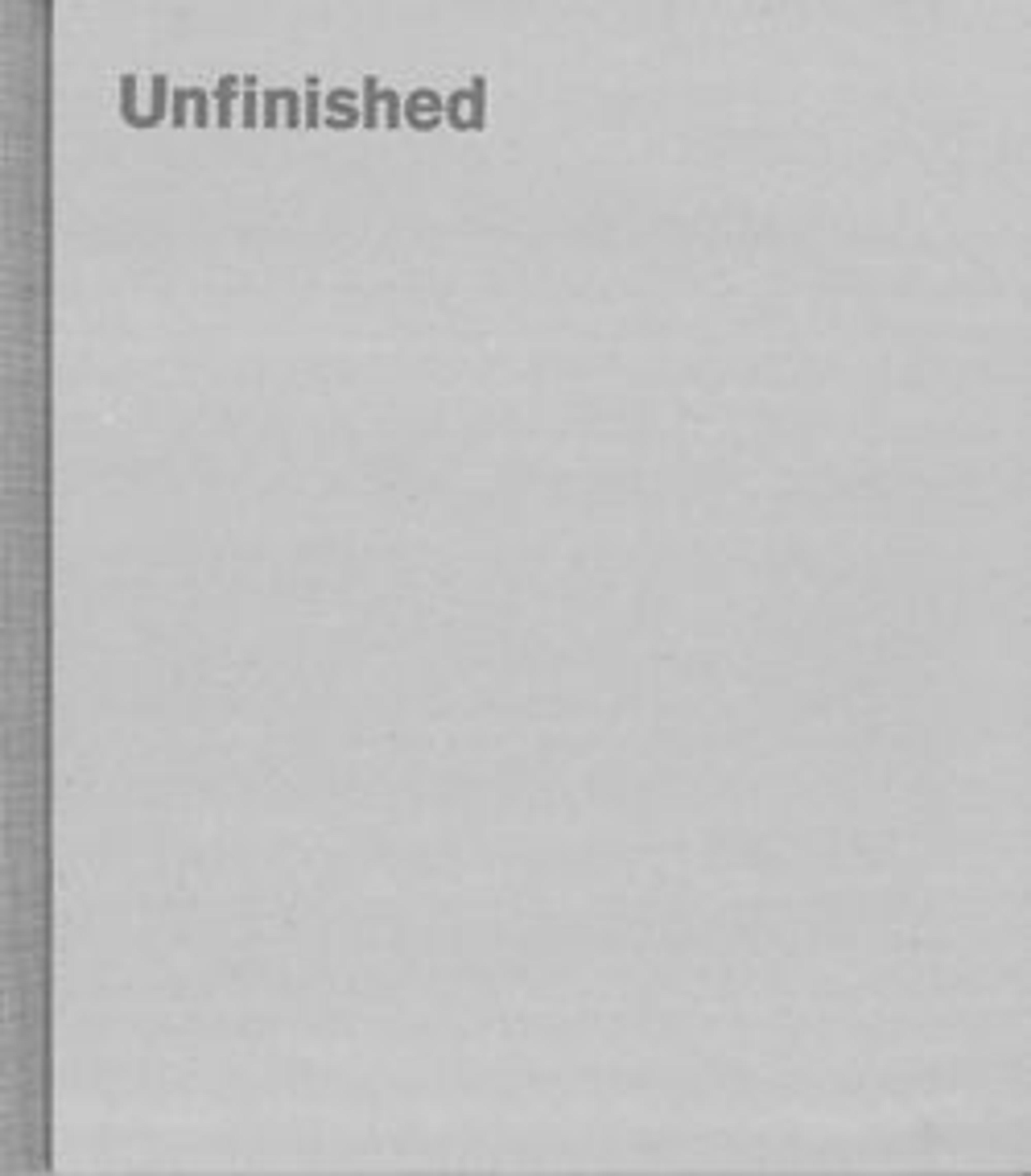Madame X (Countess Anna-Elizabeth de Noailles)
Artwork Details
- Title: Madame X (Countess Anna-Elizabeth de Noailles)
- Artist: Auguste Rodin (French, Paris 1840–1917 Meudon)
- Sitter: Countess Anna-Elizabeth de Noailles
- Date: ca. 1907
- Culture: French
- Medium: Marble
- Dimensions: Overall (confirmed, largest dimensions): 19 1/2 × 21 3/8 × 19 in., 167 lb. (49.5 × 54.3 × 48.3 cm, 75.8 kg)
- Classification: Sculpture
- Credit Line: Gift of Thomas F. Ryan, 1910
- Object Number: 11.173.6
- Curatorial Department: European Sculpture and Decorative Arts
Audio
2194. Madame X (Countess Anna-Elizabeth de Noailles)
ELYSE NELSON: There is a sense of a rarified woman in this portrait.
NARRATOR: The sculpture portrays Anna de Noailles, a poet, novelist, and prominent member of the Parisian literati at the turn of the century. She sent some of her poems to Rodin, and they struck up a friendship. But according to de Noailles, Rodin was moved to sculpt her primarily because of her beauty. Research Associate Elyse Nelson:
ELYSE NELSON:
She had dark eyes and dark hair, and quite striking features. When the portrait was finished, however, she rejected it outright. She was dissatisfied most of all with the prominence given to her nose. And when she complained to Rodin about it, he said he would not change it because it was, in fact, true to nature.
NARRATOR: When representatives from The Met visited Rodin’s Paris studio and saw the rejected plaster bust, they commissioned this version in marble for the museum. Rodin relied on master craftsmen to execute his marbles. They carved to his specifications, working off his models in clay and plaster. Here, he directed the carver to leave the base looking unfinished.
ELYSE NELSON: The thing that strikes me about this work is there's this rough materiality to the base, and then an almost otherworldly grace to her head and shoulders. That juxtaposition leads one to interpret the work as though it's still being formed. This idea that her portrait is kind of coming into being before the viewer is something that Rodin was interested in, and wanted to convey.
More Artwork
Research Resources
The Met provides unparalleled resources for research and welcomes an international community of students and scholars. The Met's Open Access API is where creators and researchers can connect to the The Met collection. Open Access data and public domain images are available for unrestricted commercial and noncommercial use without permission or fee.
To request images under copyright and other restrictions, please use this Image Request form.
Feedback
We continue to research and examine historical and cultural context for objects in The Met collection. If you have comments or questions about this object record, please contact us using the form below. The Museum looks forward to receiving your comments.
